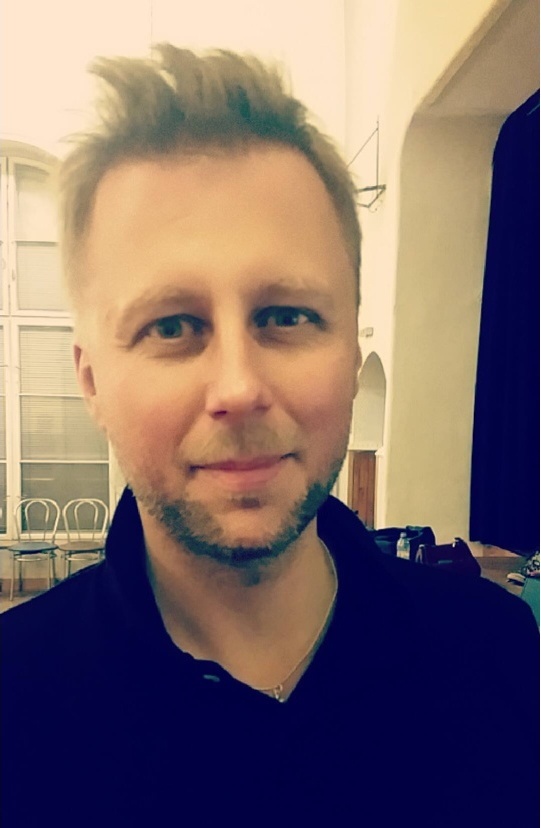When he was just one of the kids, about to start dancing at a local community centre, Adam did not suspect next 35 years of dancing would take him through kids dance formation team, Latin American Dance Formation competitive team, professional career of teaching in Canada, US, Europe and Hong Kong, Pro-Am in American style and Pro competition in International style, through pretty much all of the Swing Dances as well as West Coast Swing, all styles of Salsa and Latin Night Club dances, and of course – last but not least – all the way to Argentine Tango.
As a dancer and choreographer he’s had experience with amateur and competitive dance routines for couples and formations, on set choreography and doubling for TV, movies and music video, as well as on stage choreography for theatre, play-writing and directing for theatre and large stage productions.
He’s best known as a teacher. On top of the “typical dance studio” work, running dance events and guest teaching workshops, he’s tries to involve himself in community oriented projects like running kids competitive dance club in a community centre, or teaching ballroom dancing to blind and blind and deaf. At one point a regular teacher of student dance clubs of University of Toronto, Adam Mickiewicz University in Poznan, Poznan University of Economics and Poznan University of Physical Education.
He’s also had an academic experience as a teacher and a lecturer. His aptitude for teaching at an undergraduate level was first realized when he was invited to teach swing and ballroom dancing to students of Theatre program of Ryerson School of Theatre in Toronto and later at Post Secondary Vocalist College in Poznan. The biggest academic recognition thus far came when he was for many years repeatedly invited to teach at a graduate level for Poznan University of Physical Education.
He firmly believes that in all of couple dancing, at the base of quality, harmony and by extension at the base of beauty, lies a strong dynamic relation between dance partners rather then mere copping of the patterns and memorization of routines.

